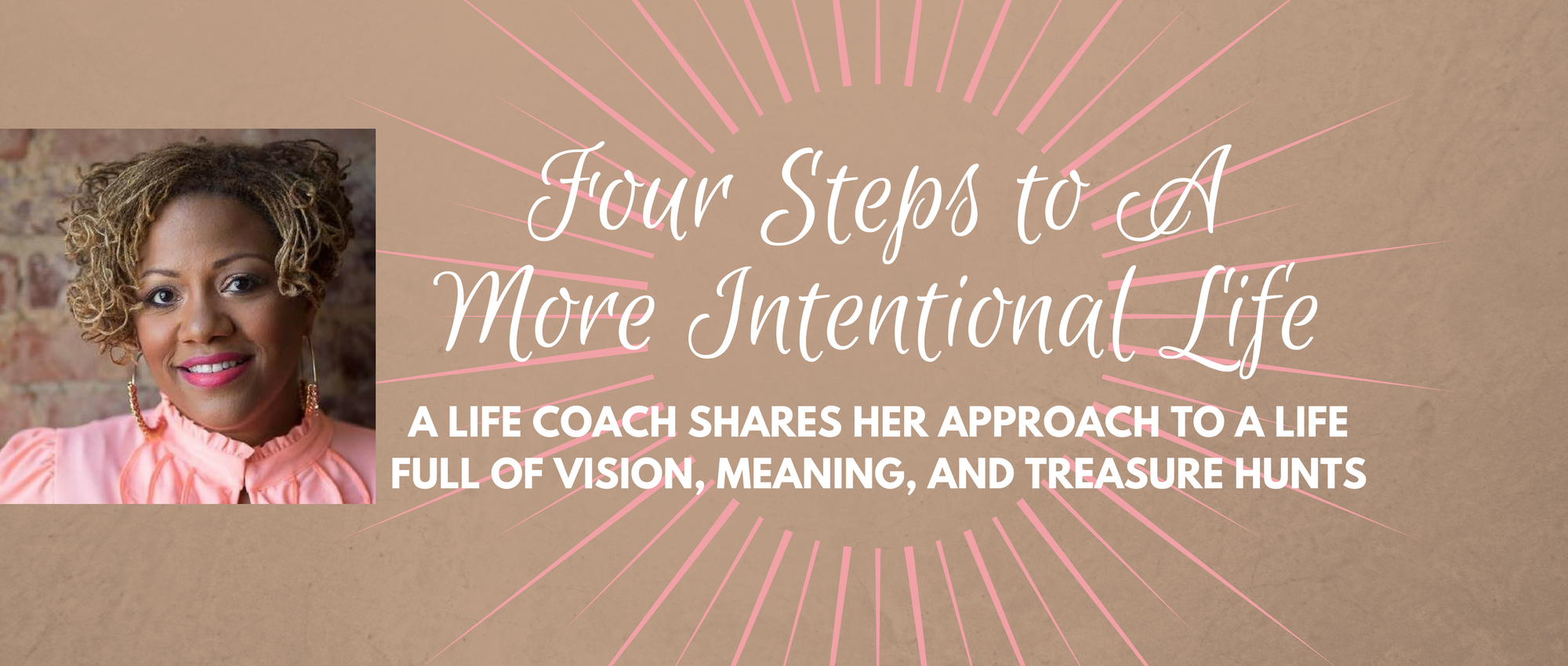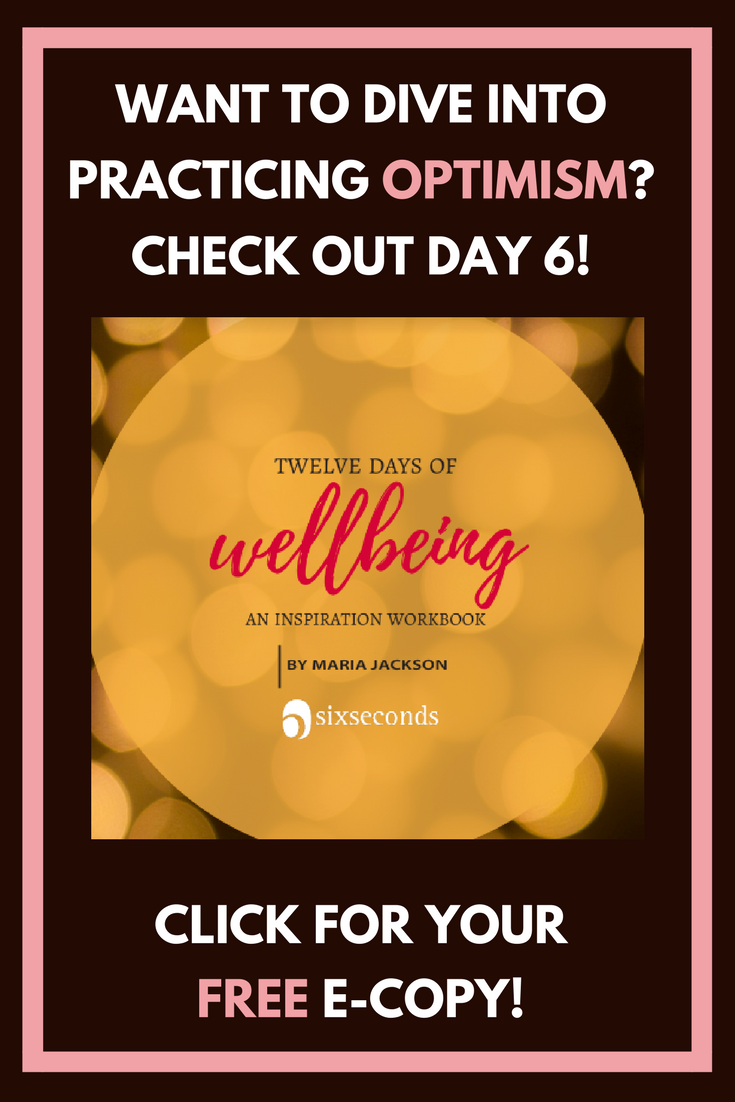Meet Heidi Day, a very intentional woman. As a trauma to transformation coach, emotional intelligence practitioner, and Six Seconds Preferred Partner, she spends a lot of her life helping herself and others make intentional choices.
Four Steps to A More Intentional Life

Heidi Day is one of those people you meet and think, “Wow, I could literally listen to this person talk all day long.” She is vibrant and soulful. She jigs a little dance as her local, organic juice is placed on the table, genuinely thanking the waiter, Lazarus, by name. Her beautifully crafted words pour out slowly, sweetly, and richly. She is intentional with her words. Our interview transcript is so packed with bite-sized gems of wisdom that I hardly knew where to start.




The year of 2017 was a difficult one for Day. “I had my own bits of major traumas.” After major family upheavals including losing a parent very unexpectedly, she found herself swamped with logistical and emotional burdens. “I was feeling crushed. I was completely overwhelmed and feeling inadequate to manage what it was.”
In these desperate times, the capacity to Navigate Emotions shines. She identified her emotion (overwhelm) and listened to what it had to tell her about her situation (“you have too much on your plate!”). Then, using the insight from her emotions, she made a plan. “I became my own best client by saying, ‘okay, what do we do here?'” She decided to take an immediate sabbatical with an undefined end date.
During this sabbatical, she gave herself the space to take care of both herself and the pressing needs of her family. While visiting hospitals and helping guide her dad through the unfathomable loss of his younger wife, she intensified her personal regimen of self-care practices.
In the end, the insights from her feelings of overwhelm led her to practice her Noble Goal more deeply. Heidi Day’s noble goal is “to help people find their tears so they can heal,” and her difficult year gave her the opportunity to turn her noble goal inward.
“I realized that 2017 was really about getting in touch with my tears afresh. As I create my own journey of healing, I can be renewed in how to support others as they find their tears and heal as well.”
Navigating her emotions of overwhelm and sadness transformed her traumatic year into an opportunity for better understanding and sharing her healing Noble Goal. What a beautifully intentional journey, indeed.

After a reverent pause, I respond “do you ever had difficult convincing yourself these are true?”
She bursts into laughter, and her eyes twinkle. “They are aspirations– all of those! Every last one of those are stretches for me,” she responds, “I believe that our beliefs create the container for which we live. You cannot live beyond your belief. So if I don’t believe it, I can never get to the place of living it.”
For those that have difficulty with Engaging Intrinsic Motivation, self-selected affirmations might help to fan the flames of core values and commitments. The act of figuring your affirmation wording helps to discern core values, and saying them aloud helps reinforce the importance of and commitment to these intentions.
With a profession beautifully full of Giving Herself, Heidi Day’s practices of Choosing Herself helps keep her healthy and energized. Her commitment to herself and her values certainly shined throughout our entire interview. I hope that her story and practices have inspired you as much as they have me to live a more intentional life.
To learn more about Heidi Day and her work, visit her website here.
If you are in need of simple, sweet reminders for practicing your intentional life, check out my weekly e-mail series, Illuminate, here. It is completely free and full of stories and practical tips for practicing a life full of intention and emotional intelligence.
- Identify Your Most Fulfilling Career: A Step-by-Step Guide for Women - March 21, 2022
- POP-UP Festival Partnership with AEON Corporation - March 9, 2022
- 3 Interview Tips for Women from an Executive Emotional Intelligence Coach - February 9, 2022



Thanks Maria for sharing Day’s story of resilience. It was indeed a source of inspiration for me…as we all have good days n bad days. Day’s journey is a practical example where we see Choose Yourself in Action.
You have been AMAZING since Day 1! Just seeing your face brightens a space! I’m with you
I love this article. The spirit of the work Day does reminds of a quote from Rumi, “ the wound is the place where to light enters you.” Beautiful article! Beautiful work Mrs.Day! Thank you!
Ms. Harewood, Thanks for the kind words. That is my favorite Rumi quote!!
wonderful Heidi – thanks so much for sharing Maria! Blessings to you both 🙂
Hi Alice! I look forward to seeing you soon.
Thank you so much for sharing! What a beautiful, inspirational story. Keep up the good work, Heidi and Maria!
Will do Mr. Miller! Thanks for reading and commenting.
What an amazing article about an extraordinary woman. I know Heidi Day personally and can attest that her talk and walk are in alignment. She is the real deal!! She is truly operating in her gift and calling! Her passion and commitment to serve people is unmatched.
Cherie, You are an inspiration for me to be ALLLLL me. Thank you for the space you give me to bloom where I’m planted.